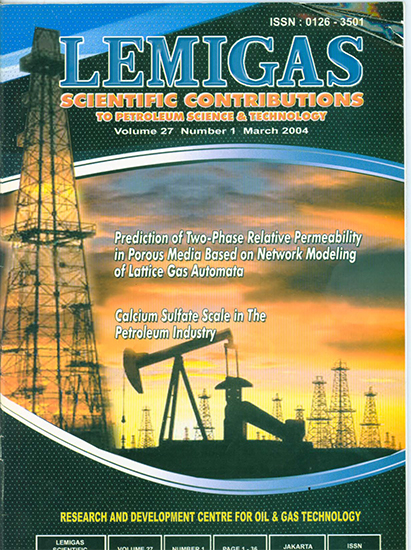METHOD OF LABORATORY ANALYSIS FOR OIL SHALE ASSAY
DOI:
https://doi.org/10.29017/SCOG.27.1.1047Keywords:
Laboratory Analysis, Oil Shale, AppropriateAbstract
Oil shale is much commoner than is generally realized, occuring on every continent and in every geological system. They are misnamed, but it is unlikely that any more appropriate name will be acceptable either to geologists. Few important deposits actually consist of shales and even fewer have yielded any oil. In the conventional sense most "oil shale" is actually bituminous, nonmarine limestones or marlstones containing kerogen. Only a few marine examples can be properly described as shales. The common composition involves about 50 percent of mineral carbonates by weight. A variety of silicates may also be present, possibly derived from the reaction of circulating alkaline waters with volcanic debris.References
A.Cook, A.Hutton, A.Kantsler, 1980:"Oil Shale", Department Geology, University of
Wollongong and De- partment Geology, Universityof Newcastle, published in "Scientfic
Australian", vol 4 No. 4 pp 6-14.
R.E Jenkins, "Instruction for Oil Shale Assay", Core Laboratory, Dallas - USA.
Retorting, 1981:" AMIX and Match Array of Proprietary Technology", E & M Journal, pp
-125.
Rio Blanco pursues MIS tests as well as open pit studies E & M Journal, June 1981 pp 85
- 89.
Cathedral Bluffs, 1981: "Pushing to the outer limits for 94,000 bbl/Dof shale oil", E & M
. Journal, pp 78- 84
Downloads
Issue
Section
License
Copyright (c) 1970 SCIENTIFIC CONTRIBUTIONS OIL AND GAS (SCOG)

This work is licensed under a Creative Commons Attribution 4.0 International License.
Authors are free to Share — copy and redistribute the material in any medium or format for any purpose, even commercially Adapt — remix, transform, and build upon the material for any purpose, even commercially.
The licensor cannot revoke these freedoms as long as you follow the license terms, under the following terms Attribution — You must give appropriate credit , provide a link to the license, and indicate if changes were made . You may do so in any reasonable manner, but not in any way that suggests the licensor endorses you or your use.
No additional restrictions — You may not apply legal terms or technological measures that legally restrict others from doing anything the license permits.














